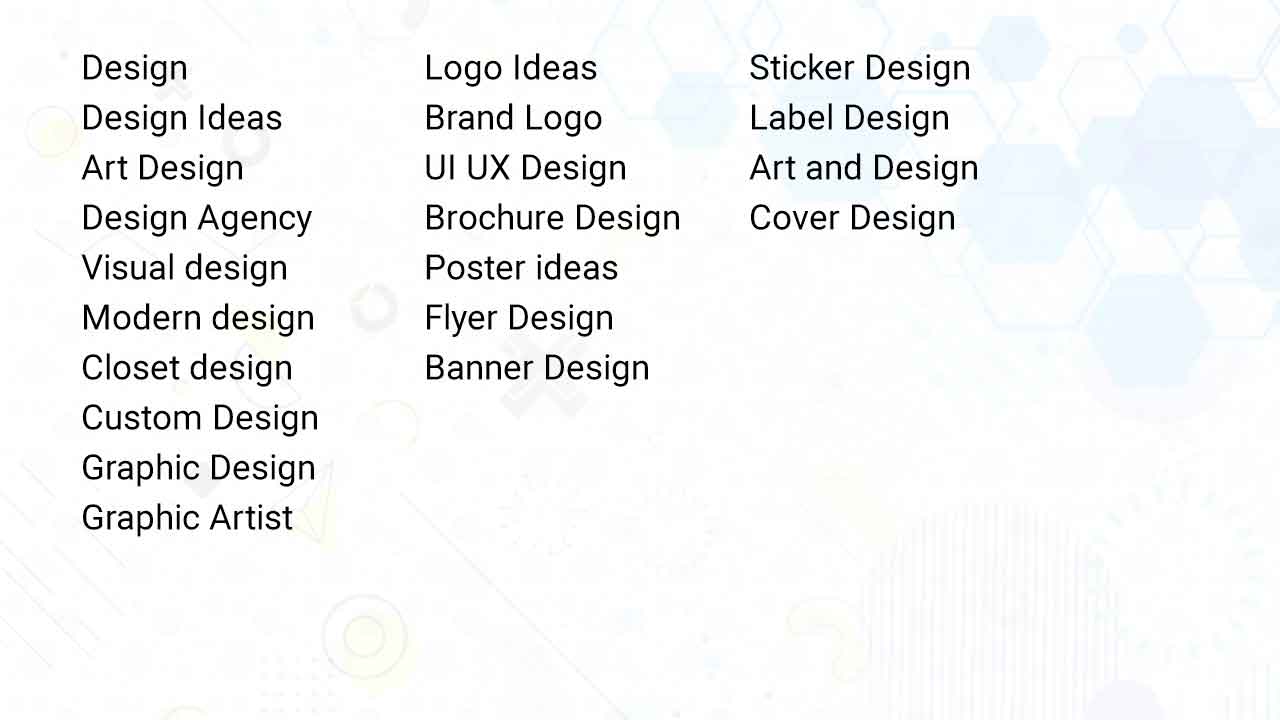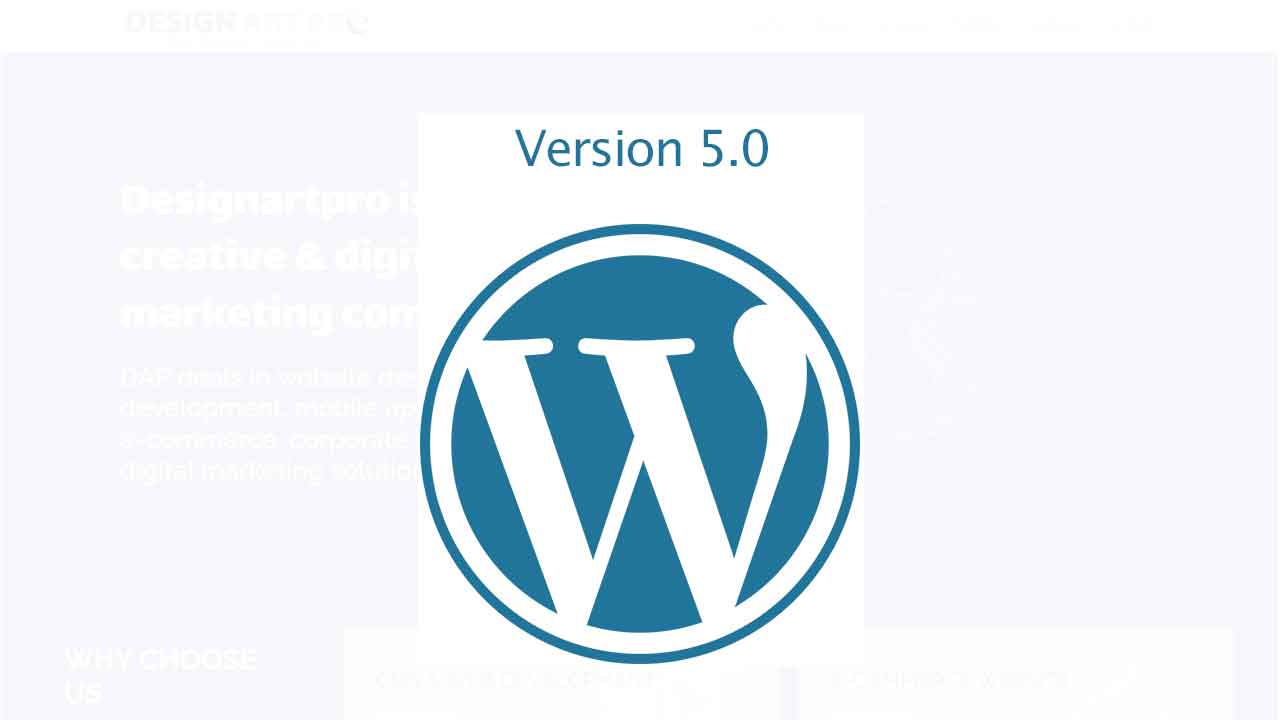
What is Design?
Making a plan or drawing for something that will later be built, particularly one that specifies what the end product will do and look like, is the definition of design. The plan or sketch produced as a result of this activity is referred to as a design. To design something also implies intending it for a certain use.
What is a design in art?
Design is an art form, a way for people to express themselves that adheres to a set of carefully developed rules in order to give things, performances, and experiences meaning. The design has the ability to solve issues, just like all other forms of art, but there is no assurance that it will.
What makes a good design?
Dieter Rams, an industrial designer, characterized good design as making a product practical and understandable, innovative, aesthetically pleasing, inconspicuous, honest, durable, meticulous in every aspect, ecologically friendly, and requiring the least amount of design as feasible.
What is the basis of design?
Contrast, balance, emphasis, proportion, hierarchy, repetition, rhythm, pattern, white space, movement, variety, and unity are the twelve fundamental design principles. Complement ideas with one another to provide user-friendly designs that are both aesthetically pleasing and practical.
How does design work on a Website?
Design, even this seemingly basic prerequisite has been broken down into a variety of specializations when it comes to building websites. Here are a few of the brand-new job titles associated with building a website.
In order to produce the final experience of a website, web design consists of many different elements, including graphic design, user experience design, interface design, search engine optimization (SEO), and content generation. These components determine how a website appears, functions, and feels across different devices.
User Experience, Interaction, and User Interface design
Frequently, when we consider design, we focus on how something appears. On the Internet, creating a functional website is the first order of business. Prior to choosing fonts and colors for a website, it is crucial to decide on the site's objectives, intended audience, and navigational structure. The fields of interaction design (IxD), user interface (UI) design, and user experience (UX) design all apply to these activities. As a result of the substantial overlap between these duties, it is not unusual for one individual or team to perform all three.
The interface designer believes that the website should be as easy to use, efficient, and pleasant as is practical. Although user interface design and interaction design are closely related, the former places a greater emphasis on the page's functional layout and the specific tools (buttons, links, menus, etc.) that users use to access content or carry out tasks.
User Experience Designer is a more contemporary title in the field of web design. The UX designer has a more comprehensive approach, making certain that every aspect of using the website is positive. Based on observations and interviews, UX design is built on a solid understanding of users and their needs.
User experience design, according to its inventor Donald Norman, "includes all aspects of the user's contact with the product: how they perceive, learn, and utilize it." That includes a website or application the site's overall performance as well as its visual design, user interface, message, and content quality. For the experience to be successful, it must align with the organization's brand and commercial objectives.
An IxD, UI, or UX designer might create the following documents.
Reports on user testing and research
The effectiveness of the website or web application's design depends on having a solid understanding of the needs, wants, and restrictions of its users. This method of User-centered design revolves around the demands of the user.








